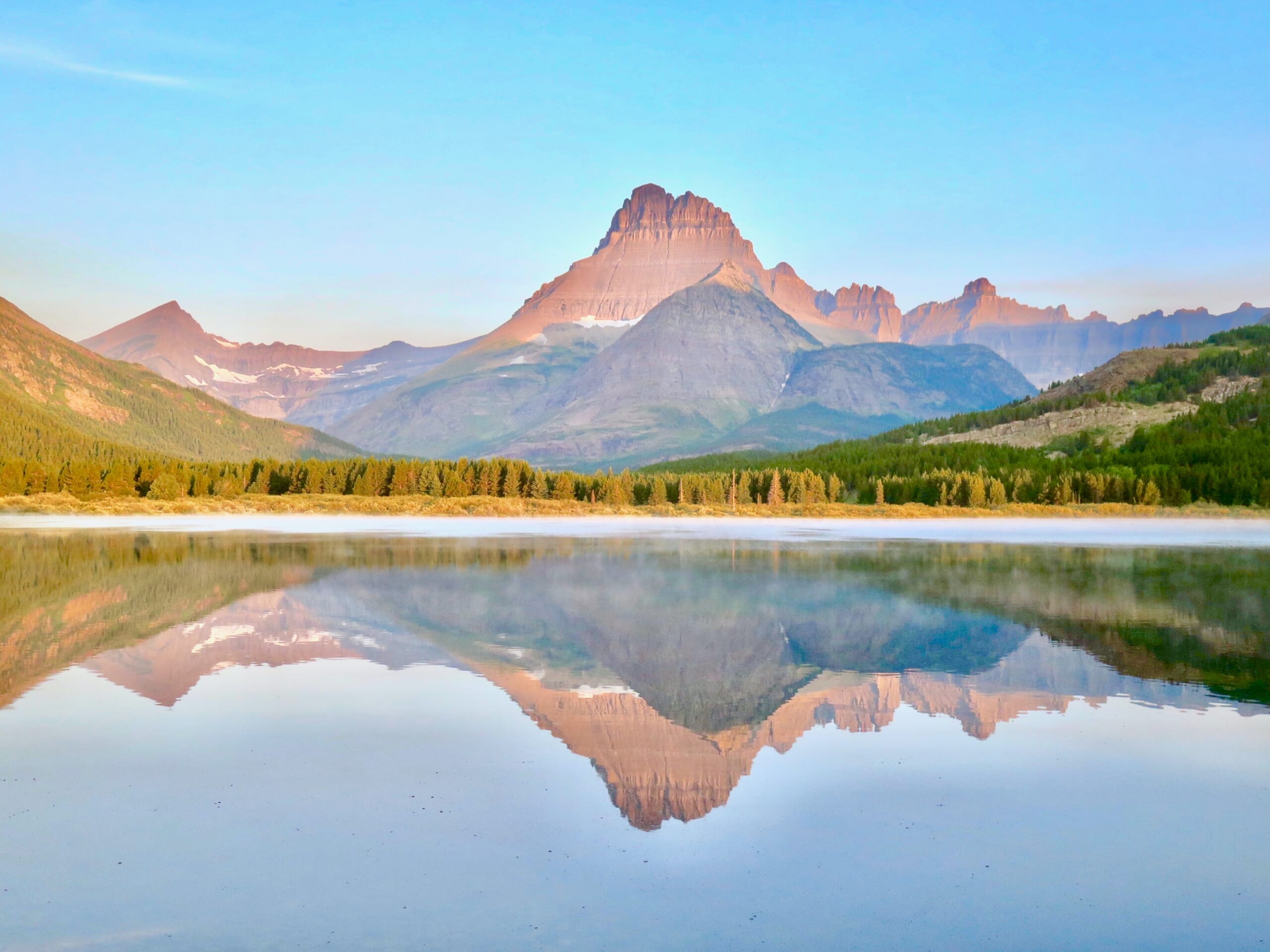
- On 25/12/2023
- In Blogs Travel Tips
- Tags:
Montana, The Last Best Place
Experience Montana | Treasure State | Big Sky Country | The Last Best Place
Sources: travelmontana.com | visittheusa.com | dulichvietnam.com.vn | Wikipedia
Welcome to Big Sky Country, where the Great Plains hit the Rockies and just about anything seems possible. Wilderness areas rule out here, whether it's the pre-Yellowstone valleys of Montana's south to Absaroka Beartooth, Bob Marshall or the American Prairie Reserve and the horizons-without-end in Montana's rural heartland. Not far away, Missoula and Bozeman are hip urban centers rich in brewpubs, great restaurants and scenes of emerging culinary excellence. Montana is also home to Little Big Horn Battlefield and, the state's major drawcard, the sculpted peaks of Glacier National Park, one of the most dramatically beautiful corners of the continent. (LonelyPlanet)
They don't call Montana 🇺🇸 «Big Sky Country» for nothing. The state is one of America's last frontiers, bursting with breathtaking scenery, an abundance of wildlife and unobstructed views of pure blue sky as far as the eye can see.


Montana has no official nickname but several unofficial ones, most notably «Big Sky Country», «The Treasure State», «Land of the Shining Mountains» and «The Last Best Place». Its economy is primarily based on agriculture, including ranching and cereal grain farming. Other significant economic resources include oil, gas, coal, mining, and lumber. The health care, service, and government sectors are also significant to the state's economy. Montana's fastest-growing sector is tourism, with 12.6 million tourists visiting the state each year.
If you have your heart set on sunny, blue skies and warm weather, visit between July and September. Hotovy says visitors in this season can enjoy longer, warmer days that allow for more time to recreate outdoors, al fresco dinners, and gorgeous sunsets. September can be especially nice.
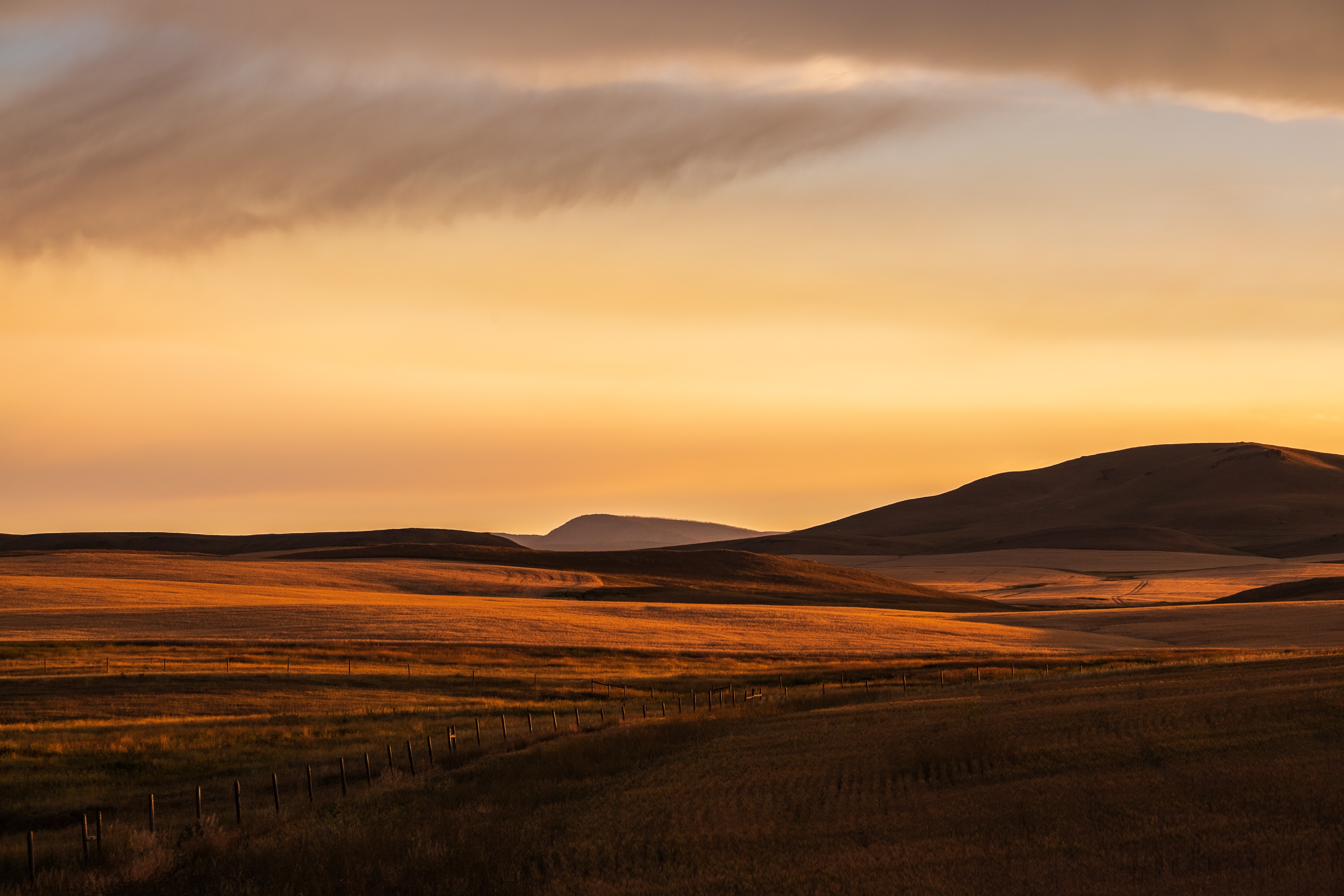
Its natural beauty has earned it the nickname «The Last Best Place» and, after a week-long road trip across the state, you'll have a hard time arguing otherwise. The western half of Montana is particularly spectacular thanks to the wonders of Glacier National Park, Flathead Valley, and its many small town splendors.
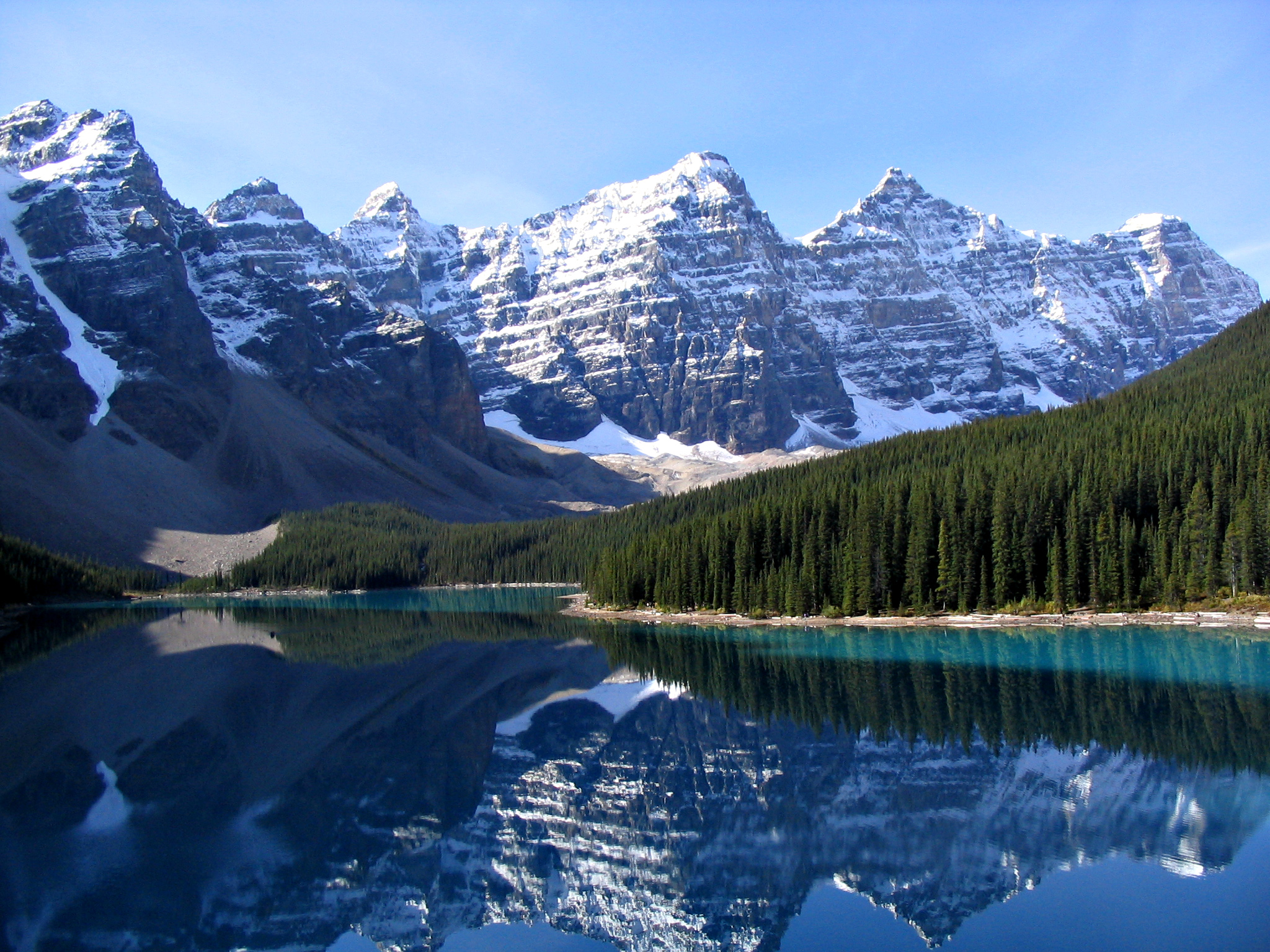
Montana is one of the eight Mountain States, located in the north of the region known as the Western United States. It borders North Dakota and South Dakota to the east. Wyoming is to the south, Idaho is to the west and southwest, and the Canadian provinces of British Columbia, Alberta, and Saskatchewan are to the north, making it the only state to border three Canadian provinces. With an area of 147,040 square miles (380,800 sqkm), Montana is slightly larger than Japan. It is the fourth-largest state in the United States after Alaska, Texas, and California, and the largest landlocked state.
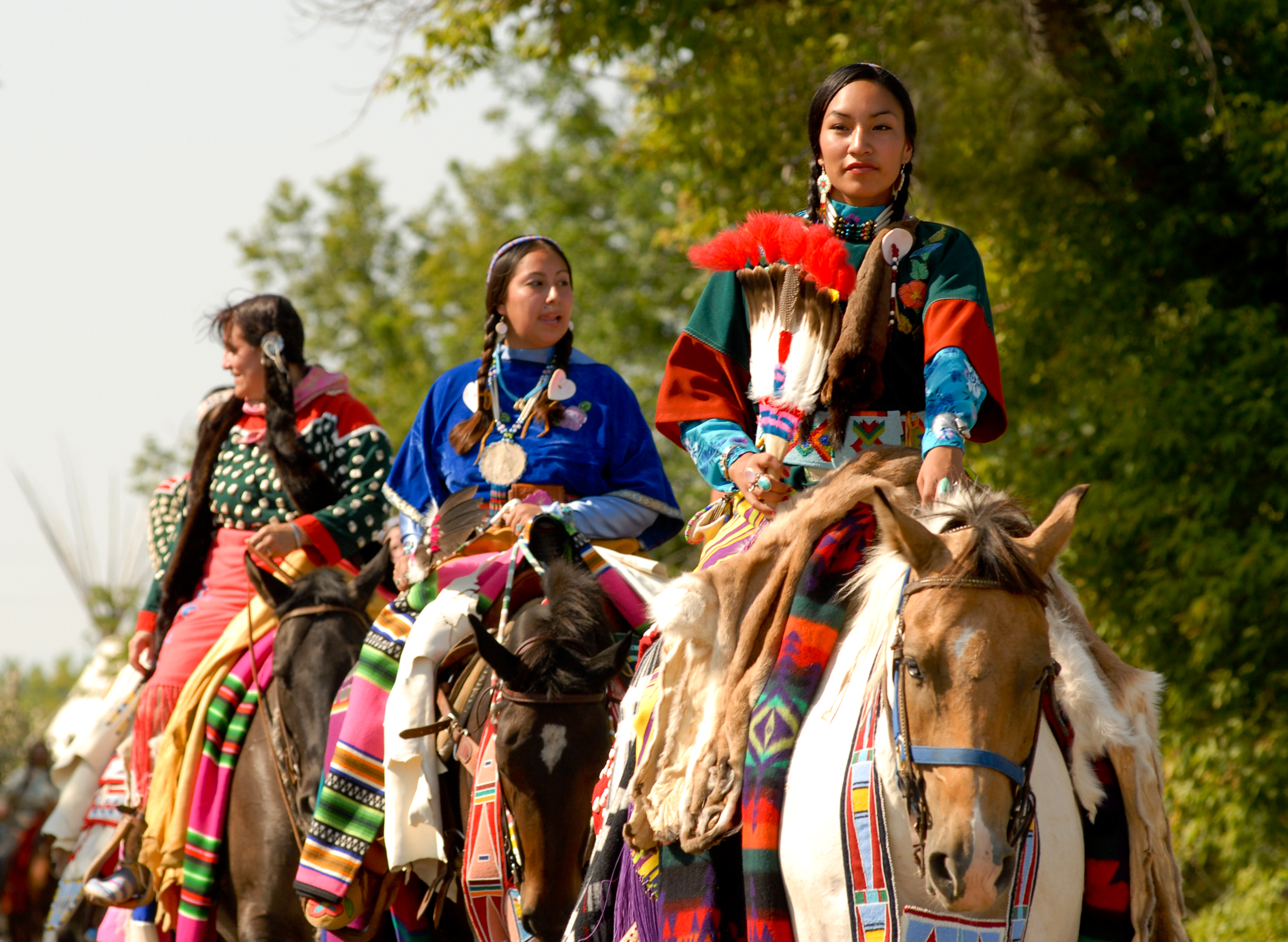
Montana’s native lands offer glimpses into the rich history of some of Montana’s native tribes, such as the Crow, Blackfeet, Kootenai, Shoshone, and Cheyenne. Montana’s current culture incorporates its Wild West history: dinosaur fossils, Lewis & Clark’s Exploration, mining The Treasure State, and a captivating ranch culture including rodeos and horseback riding

Montana is the best gateway to the top all-around national park Yellowstone and the top national park for hiking Glacier in the country. Montana has high mountains with 97 different mountain ranges. over 3,000 pristine lakes, and beautiful rivers including the longest undammed river in the continental US the Yellowstone. Montana has huge outdoor spaces – it is the fourth largest state but has the third lowest population density, with an average of only seven people per square mile.
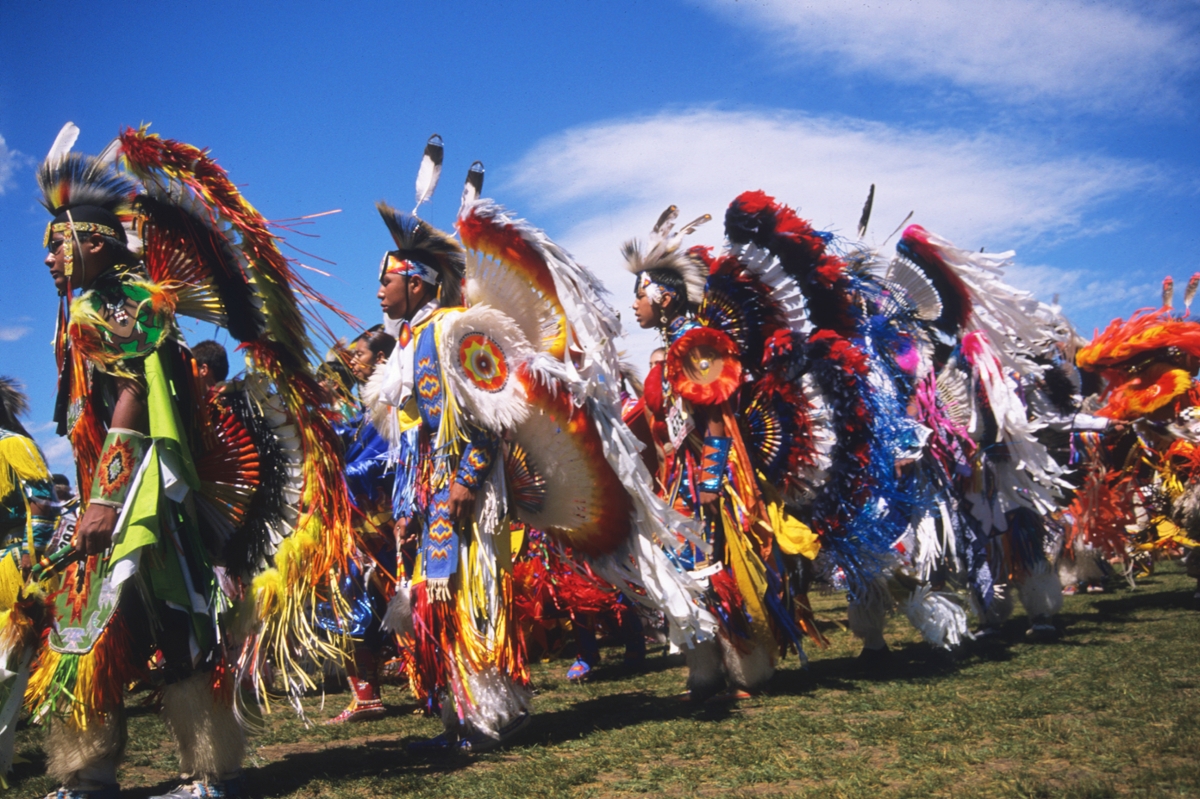
You want an extraordinary and unforgettable vacation — the highlight of your year. As a team of travelers who have run active vacations around the world for decades and visited over 70 countries, we believe our home state of Montana and the nearby Yellowstone National Park together make for the number one adventure destination in the United States and one of the top destinations in the world. There are so many reasons to visit Montana and Yellowstone.
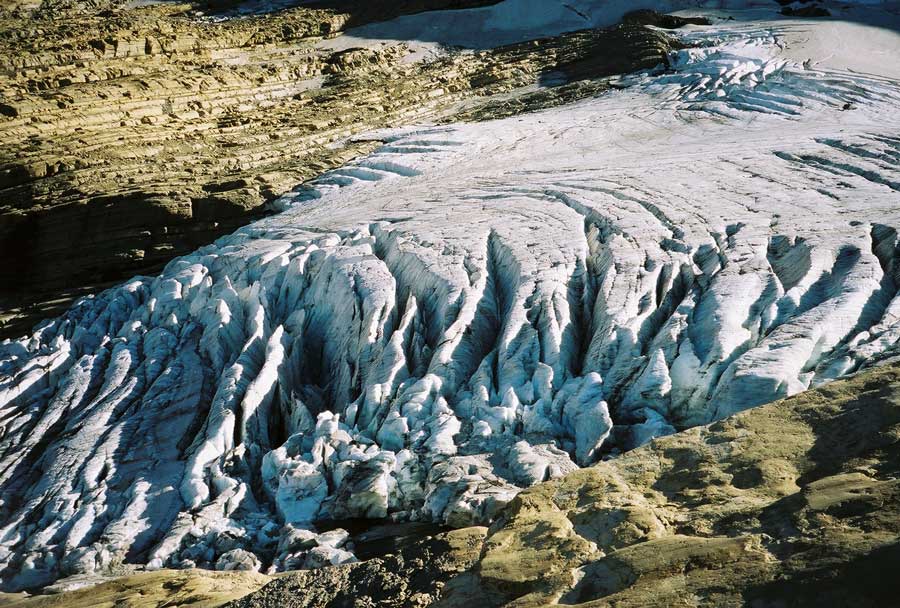
Must-see attractions in Montana:
Glacier National Park, Logan Pass, Garnet Ghost Town, Museum of the Rockies, Little Bighorn Battlefield National Monument, Museum of the Plains Indian
Located in southwest Montana, Gardiner is a quaint and lovely town, known for the Roosevelt Arch, a historic gateway that marks the north entrance to Yellowstone and is the only one of the five entrances open year-round to vehicle traffic into the park. Gardiner is surrounded by amazing mountain scenery and opportunities to spot wildlife, including antelope, black bears, bison and elk. A great place to spend a night is Cowboy’s Lodge, a cute lodge with a western flair and a friendly couple for owners.

Montana’s Yellowstone Country
Montana’s Yellowstone Country is also one of the last unspoiled places left on this planet. From picturesque panoramas to surreal surroundings draped in rugged splendor, there’s no end to the beautiful adventures in Yellowstone Country. Regardless of the time of year, Yellowstone Country’s wide open spaces are highlighted by plenty of sunshine, illuminating the famed “big sky” Montana is known for. And the area is home to some of the most diverse landscapes in the state.
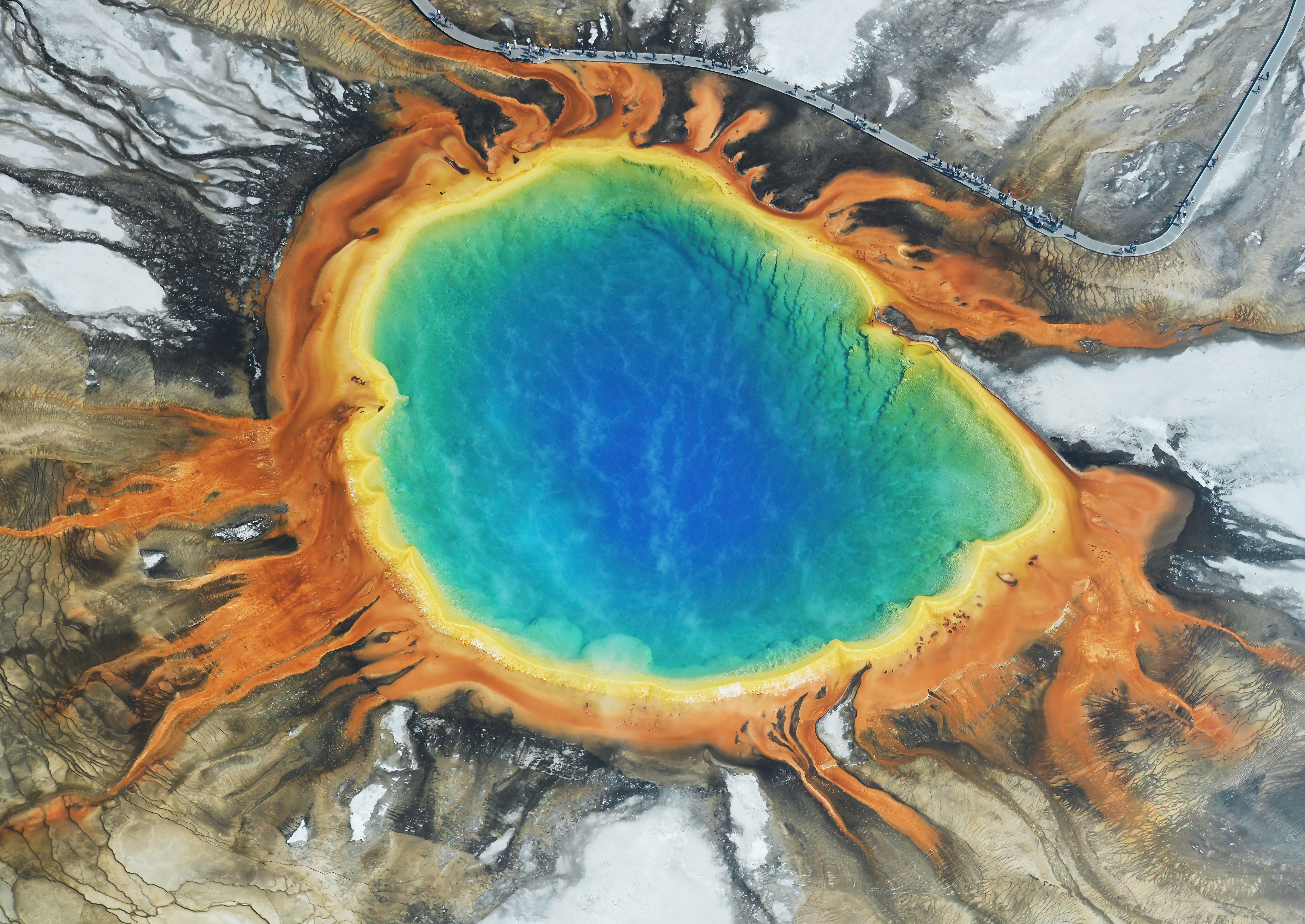
Montana’s Yellowstone Country is home to Cooke City, Gardiner and West Yellowstone, three of the gateway towns to Yellowstone National Park offering the park’s only winter entrances accessible to vehicular traffic. Populated by a large variety of wildlife, including both grizzly and black bears, moose, elk, bison, wolves, eagles and a number of other species, Yellowstone also provides the backdrop for a geologic and geothermal features, such as geysers, hot springs, rivers, waterfalls and canyons, that are the iconic signatures of the park.
Glacier National Park
A showcase of melting glaciers, alpine meadows, carved valleys, and spectacular lakes. With over 700 miles of trails, Glacier is a paradise for adventurous visitors seeking wilderness steeped in human history. Relive the days of old through historic chalets, lodges, and the famous Going-to-the-Sun Road. Plant and animal species thrive in Glacier National Park, with 71 species of mammals, 276 species of birds, and 1,990 total species of plants documented. Wildlife tours are popular among visitors, and sightings are frequent in the warmer spring and summer months.
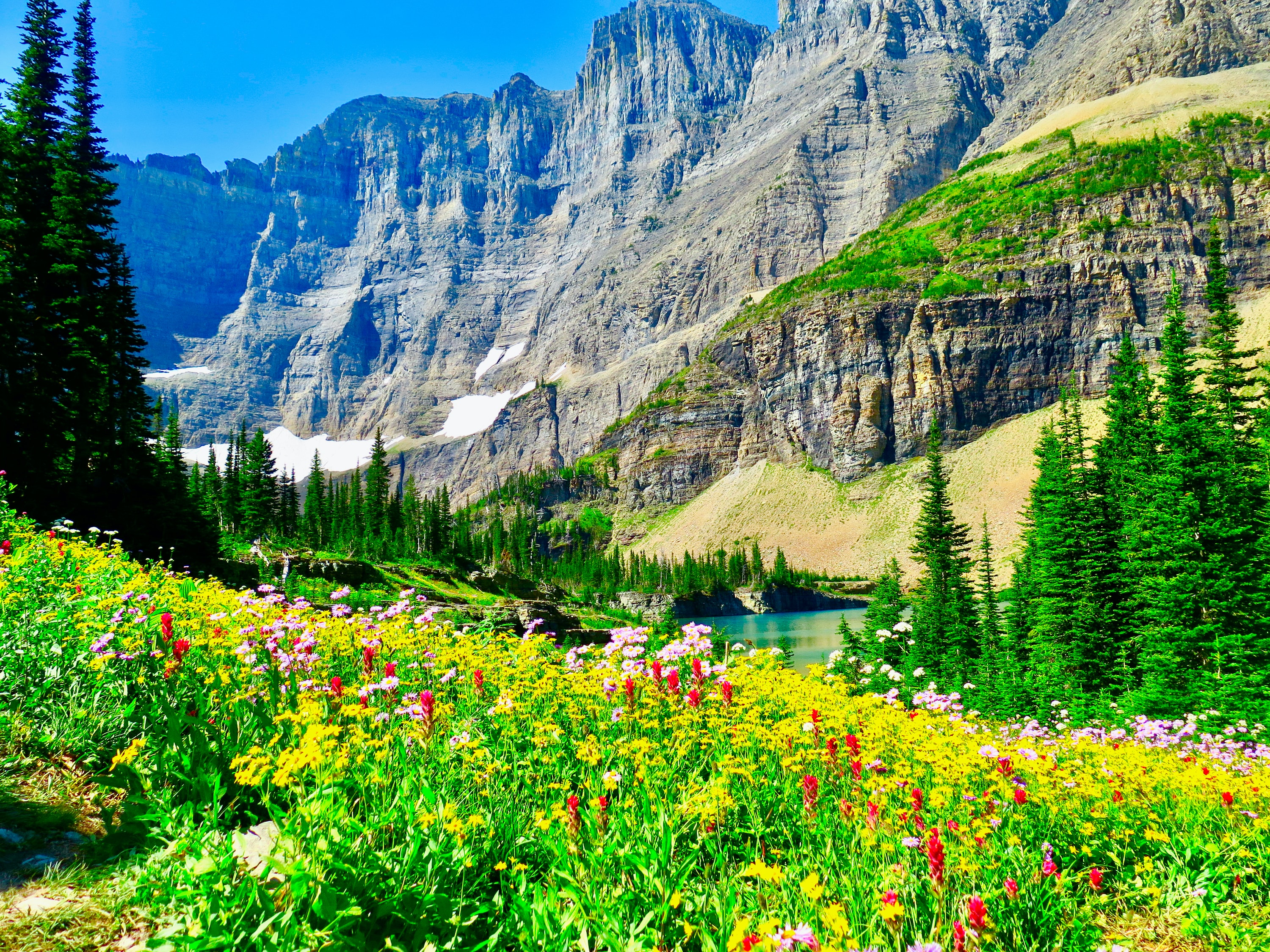
Glacier is part of a large preserved ecosystem collectively known as the Crown of the Continent Ecosystem, all of which is a primarily untouched wilderness of a pristine quality. Virtually all the plants and animals which existed at the time European explorers first entered the region are present in the park today. Glacier National Park's mountains began forming 170 million years ago when ancient rocks were forced eastward up and over much younger rock strata. Known as the Lewis Overthrust, these sedimentary rocks are considered to have some of the finest examples of early life fossils on Earth.
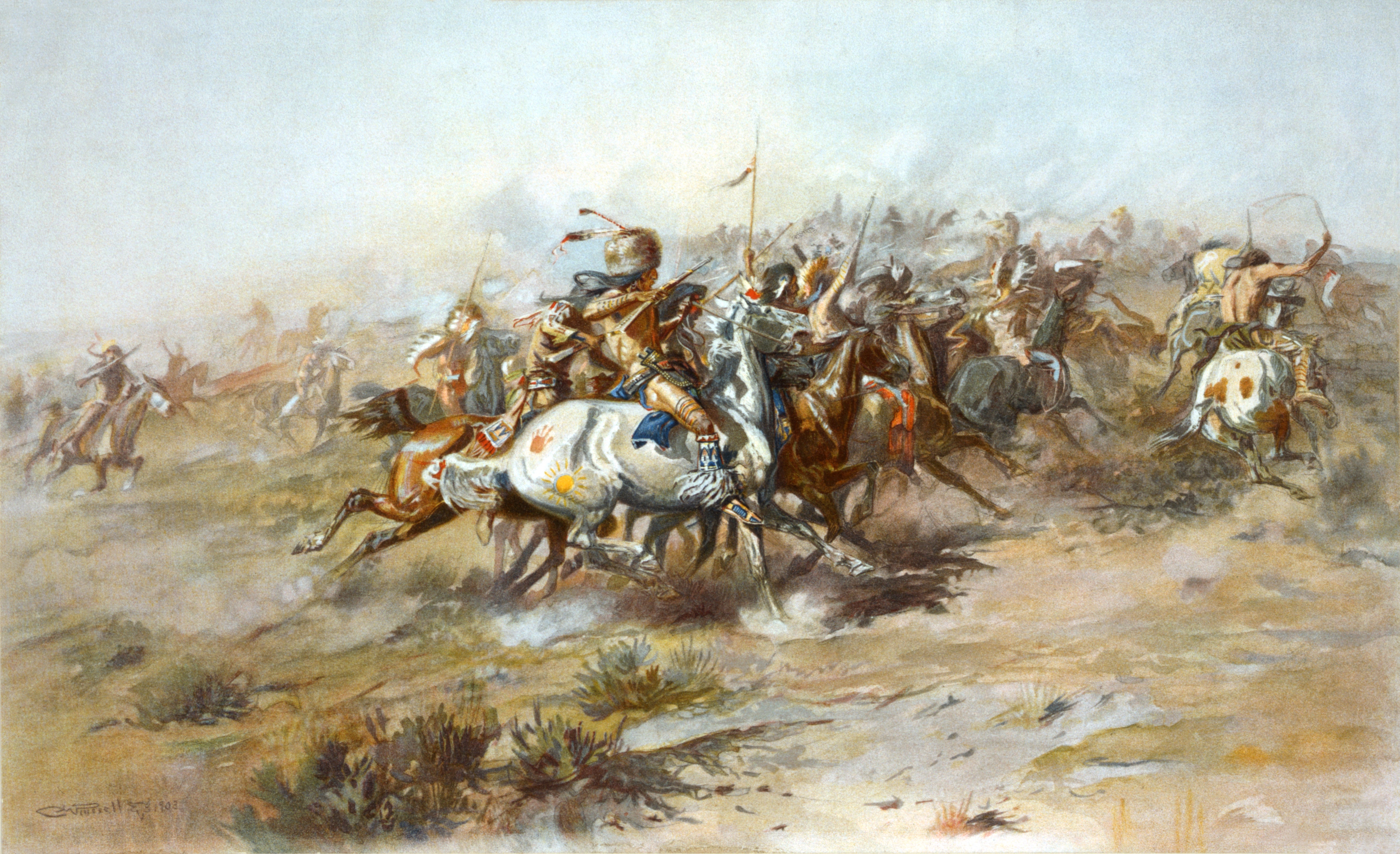
Little Bighorn Battlefield National Monument
The battle was a momentary victory for the Lakota and Cheyenne. The death of Custer and his troops became a rallying point for the United States to increase their efforts to force native peoples onto reservation lands. This area memorializes the US Army's 7th Cavalry, Crow, and Arikara scouts and the Lakotas, Cheyennes, and Arapaho in one of the American Indian's last armed efforts to preserve their way of life. Here on June 25 and 26 of 1876, 263 soldiers, including Lt. Col. George A. Custer and attached personnel of the US Army, died fighting several thousand Lakota, Cheyenne, and Arapaho warriors (nps.gov)
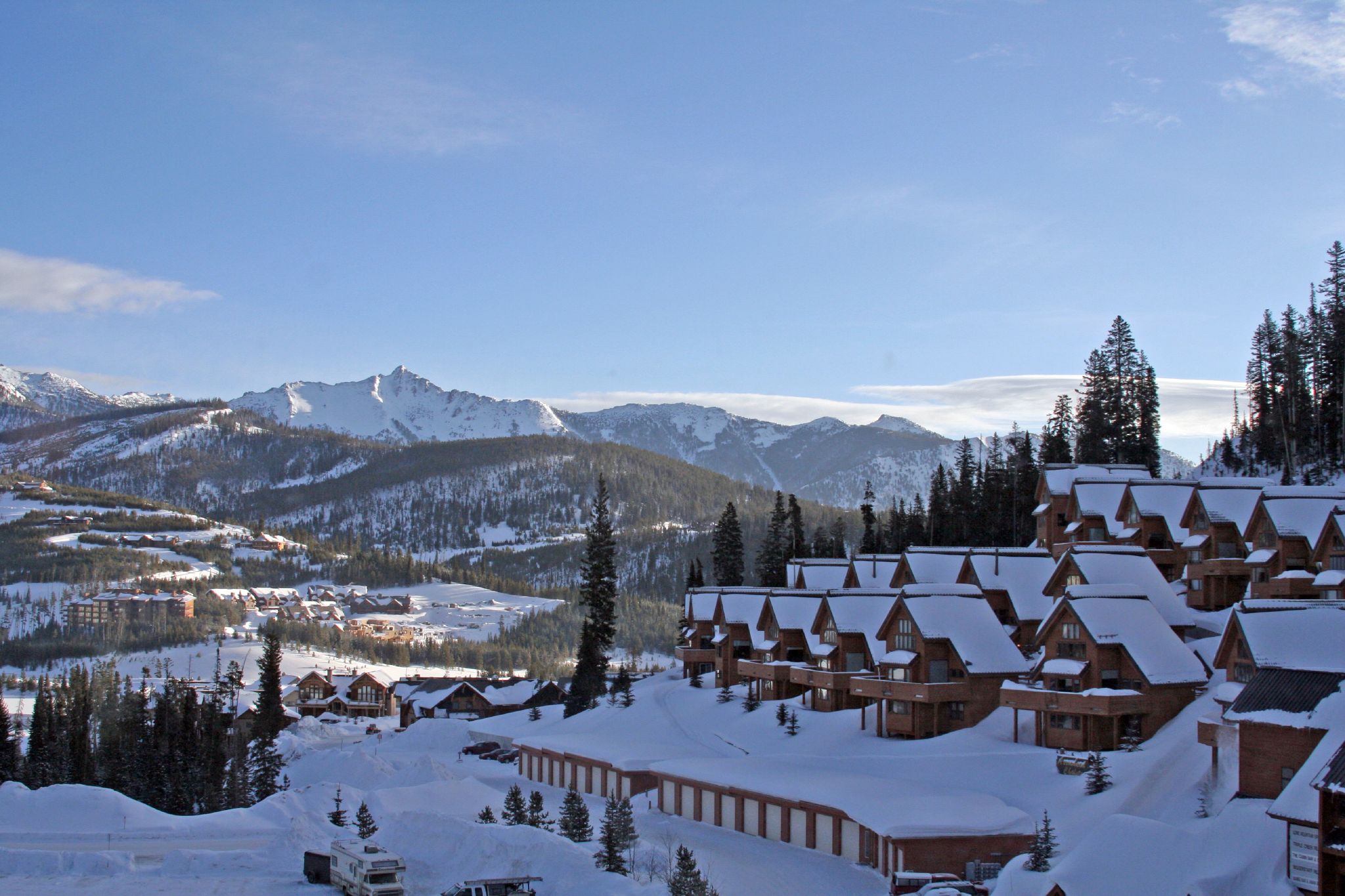
Big Sky Montana
Big Sky, MT, is known for its breathtaking scenery and its world-class skiing. The area is home to some of the best ski resorts in the world, and its mountains offer stunning views. Big Sky is a community in the Rocky Mountains of southern Montana. It’s known for the ski and downhill mountain-bike trails of Big Sky Resort. Southeast of town is Yellowstone National Park, with its wildlife, hot springs and gushing geysers. To the northeast, the choppy Gallatin River cuts through the rugged Gallatin Canyon. On a tributary, Ousel Falls Park has a waterfall, picnic areas and viewpoints.
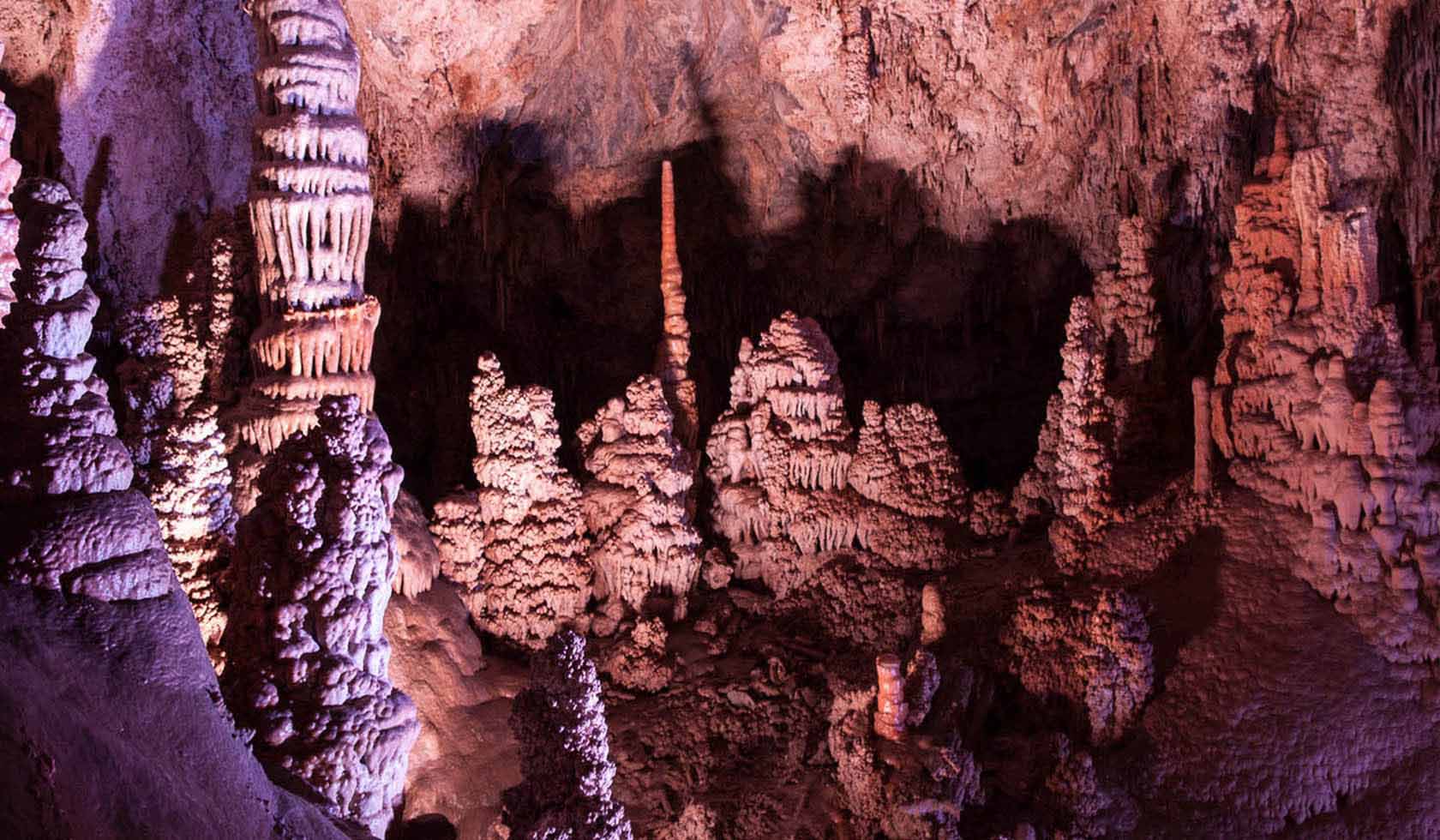
Lewis & Clark Caverns State Park
Lewis and Clark Caverns State Park is a 3,000-acre public recreation and nature preservation area located twelve miles east of Whitehall in Jefferson County, Montana. The state park includes two visitor centers, ten miles of hiking trails, a campground, and its namesake limestone caverns. The park is open year-round with the caverns open by guided tour only from May through September. There are two tour options: the Classic Cave Tour is 2 miles in distance and lasts two hours, the Paradise Tour is one mile and about an hour long. Park activities and amenities include amphitheatre, bicycling, bird watching, camping, restrooms, camper dump station, fire rings, fishing, hiking, mountain biking, kennels, kiosk and information station, cabins, parking, photography, picnicking with tables, playgrounds, retail firewood, ice, trails, freshwater, and wildlife.
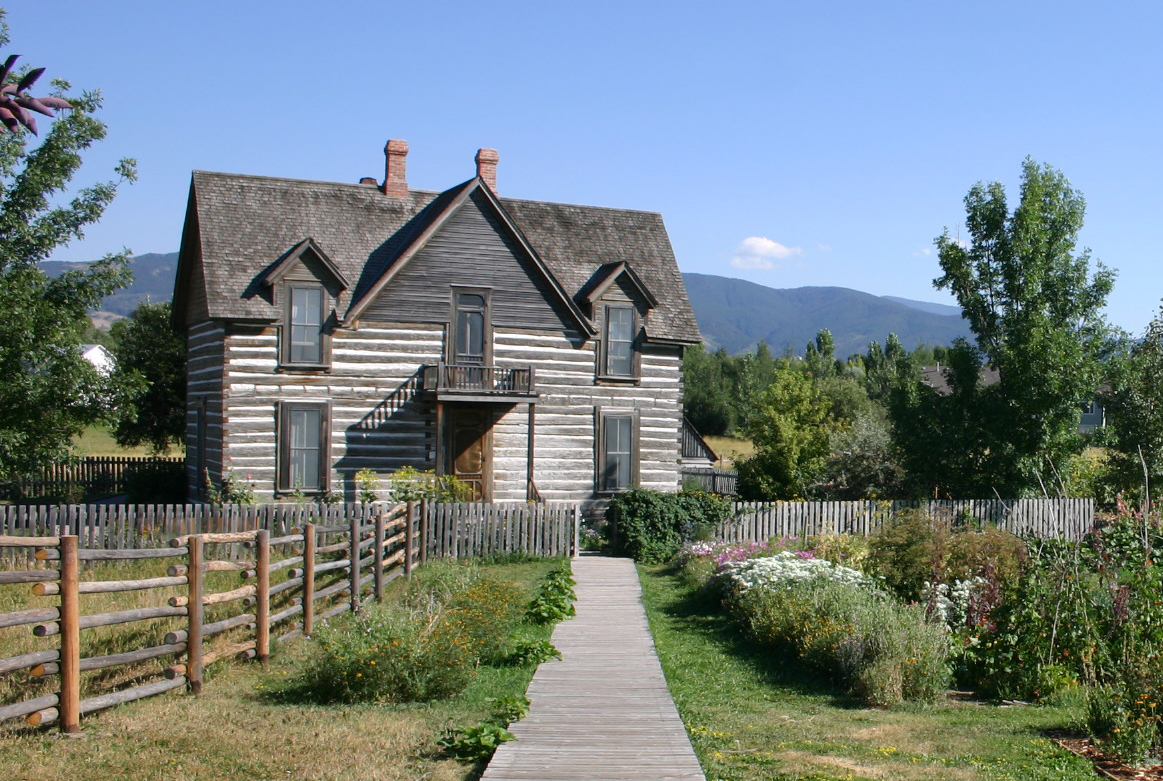
Museum of the Rockies
Museum of the Rockies is a distinguished cultural and natural history institution situated in Bozeman, Montana. The museum operates as an independent 501(c)(3) non-profit organization and a college-level division of Montana State University. The museum proudly carries the distinction of being a Smithsonian Affiliate and serves as a vital repository for state and federal fossils. Renowned worldwide, MOR is hailed as a premier destination for those seeking an immersive experience in the cultural and natural history of the Northern Rocky Mountain region. Its remarkable collection of dinosaur fossils, including the fully-mounted Montana's T-Rex skeleton, stands as a testament to its status as a leading institution in paleontological research and exhibition.
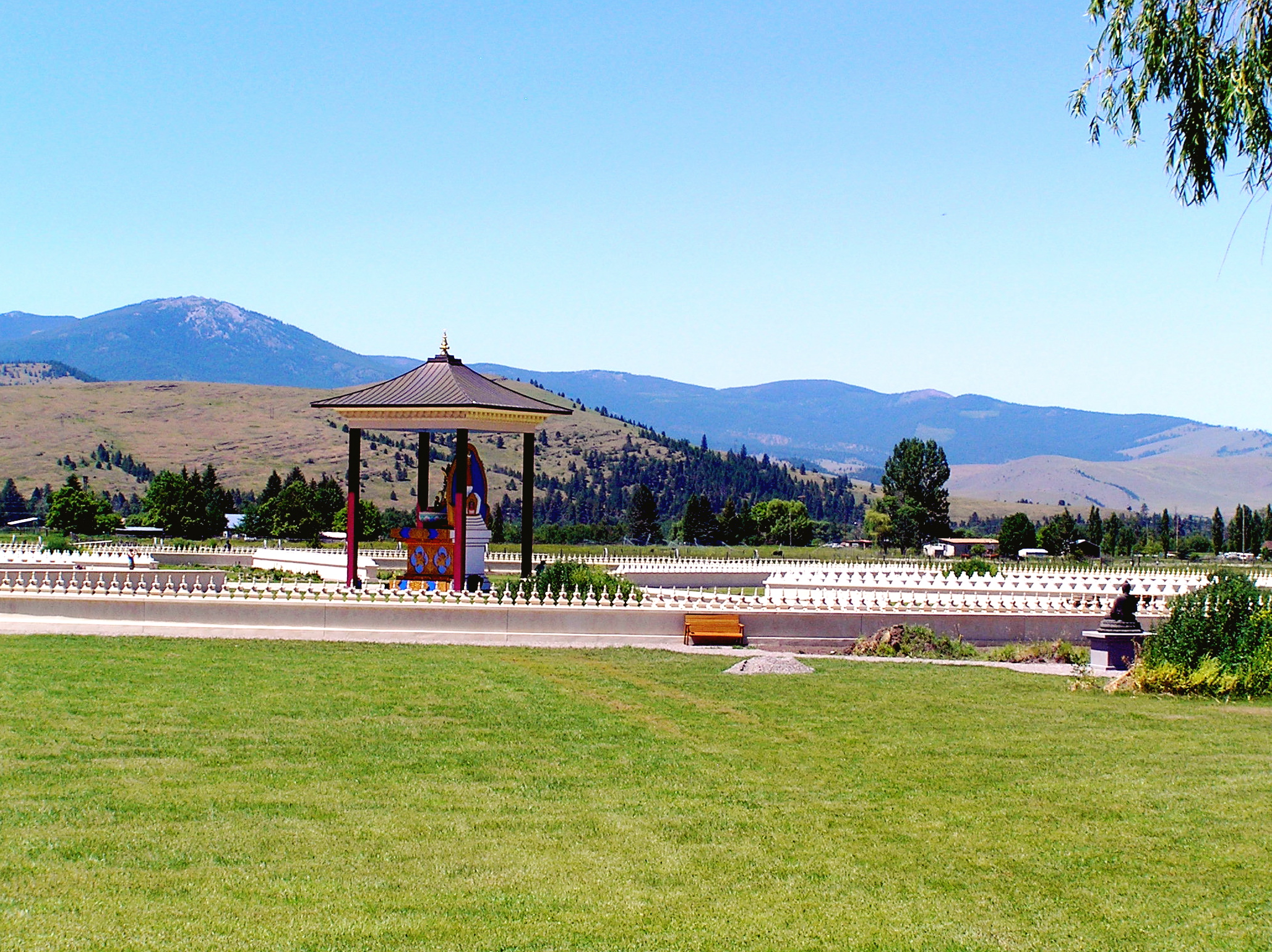
Garden of One Thousand Buddhas
This giant meditative chakra sits peacefully in the Flathead Valley of western Montana. The garden was founded by Gochen Tulku Sang-ngag Rinpoche, a Tibetan master of the Nyingma school of Buddhism. Following a traditional Buddhist method, Sang-Ngag claimed to have chosen the location immediately upon seeing it, recalling a prophetic dream from his youth which corresponded to the garden's landscape. The Garden of One Thousand Buddhas is meant to represent the 1000 Buddhas that it is believed will actually be born in our religious age, was born from the vision of Gochen Tulku Sang-ngag Rinpoche who purchased the property and set his plan into motion. After approval from the Confederated Salish and Kootenai Tribe and with the participation of volunteers from the community to cast the Buddhas, all one thousand were finally completed in 2016.

North Last Chance Gulch
The downtown area of Helena is a virtual outdoor museum. It was here that Helena was born when gold was discovered on July 14, 1864. Prickly Pear Creek meandered down the mountain through a maze of mining claims here. The gulch is now the state’s only downtown outdoor walking mall. Up and down the mall you’ll see a restored streetcar, a bullwhacker statue, bronze statues of miners (by Billings sculptor L. Pomeroy), a newsboy statue, a mural that pays tribute to Montana women, a “frontier log” play area for children, and more.
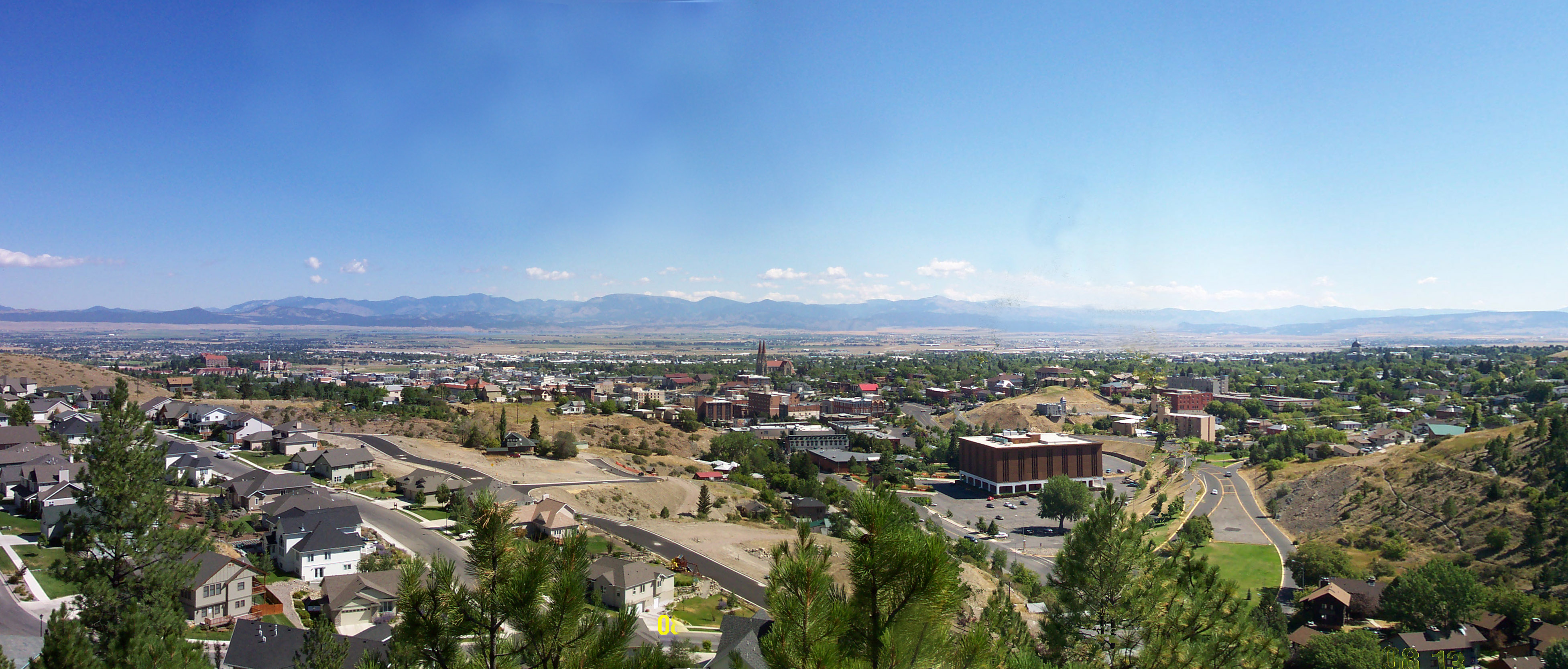

Gates of the Mountains Wilderness
Gates of the Mountains is a High Potential Historic Site on the Lewis and Clark National Historic Trail. Nestled half way between Yellowstone and Glacier National Parks sits the Gates of the Mountains. Located 20 miles north of Helena we are one of Montana’s not to miss destinations. When planning your Montana vacation of a lifetime do not miss the Gates of the Mountains.
For over 125 years guests have been following in the path of Lewis and Clark exploring the “Gates of the Mountains”. Today the marina and boat tour is operated by the Gates of the Mountains Inc, whose goal is to protect, educate, and allow visitors to explore one of the last best places. Today the operation includes a Marina with 150 private docks, a public boat ramp, and tour boats that allow around 30,000 visitors a year to explore what Meriwether Lewis saw over 200 years before. (destinationmontana.com)
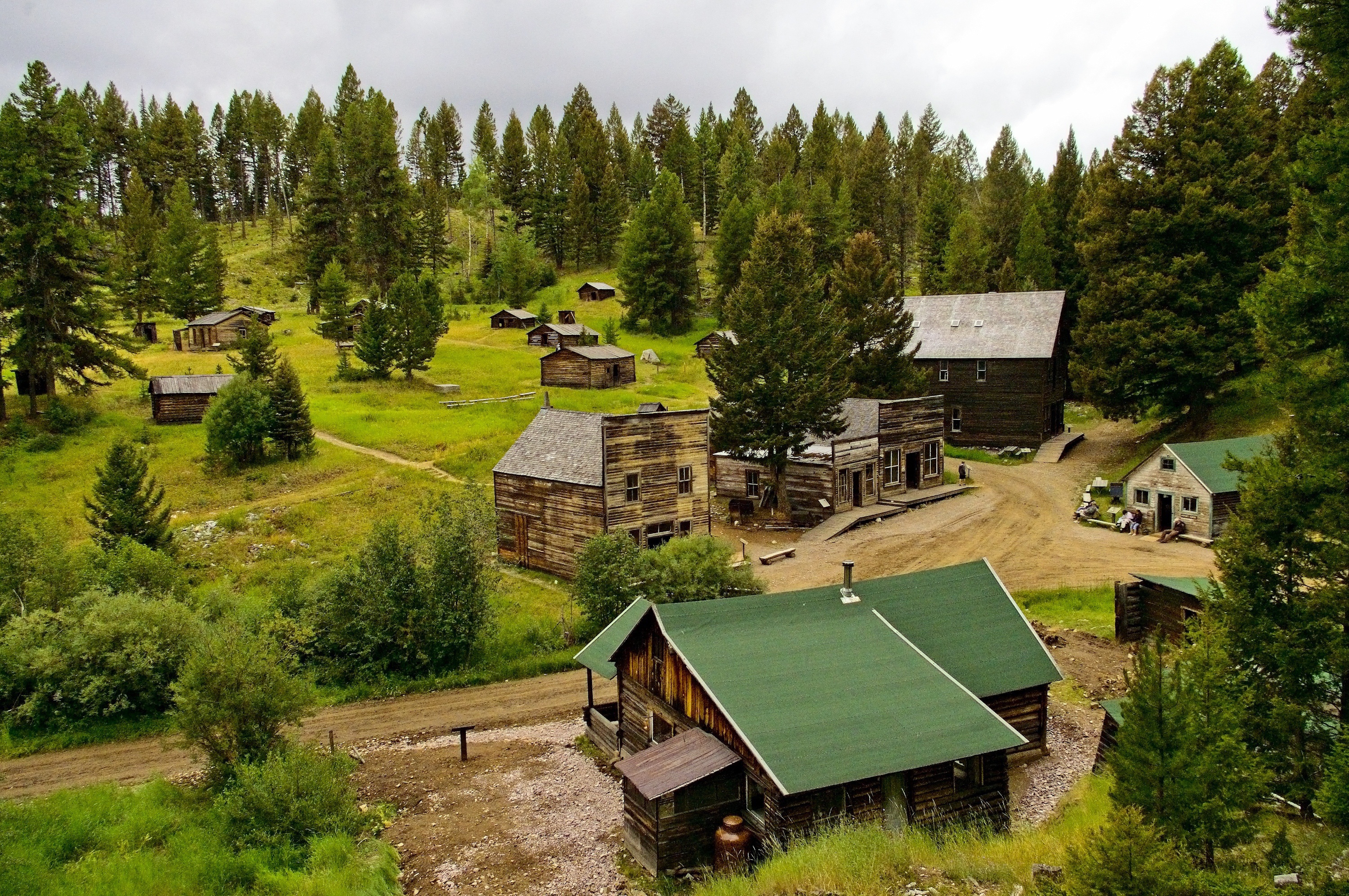
Theo dulichvietnam.com.vn | Wikipedia. Photos by Unsplash, Pexels and Pixabay
Du lịch trải nghiệm Hoa Kỳ và tiểu bang Montana cùng Thiên Xuân Travel
Park 2, 208 Nguyen Huu Canh Street, Ward 22,
Binh Thanh District, Ho Chi Minh City, Vietnam
📨 booking@thienxuantravel.com
☎️ +84 888 890 898 — 0938 558 228
Office in the United States
14114 Beech Glen Dr, Houston, TX 77083
☎️ +1 (281) 906-2744


